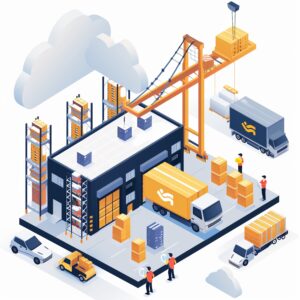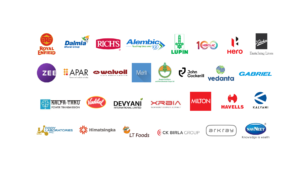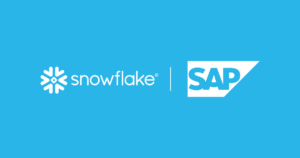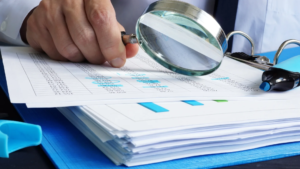SAP Migration Best Practices : Building the Future with a Clean-Core SAP Strategy
As organizations accelerate their digital transformation journeys, SAP migration has become more than a technical upgrade — it’s a strategic move to reshape business agility, scalability, and innovation. In 2025, success with SAP S/4HANA depends on one simple but powerful principle: adopting a Clean-core SAP strategy one of SAP migration best practices.
Why Migration Matters More Than Ever
Legacy ERP systems have served enterprises well, but their limitations are becoming clear — slow upgrades, integration challenges, and restricted innovation. Businesses migrating to SAP S/4HANA are discovering that the move is not just about technology; it’s about future readiness.
A well-planned migration enables companies to simplify their landscapes, leverage automation, and modernize their data and processes. However, the real success lies in how clean and agile the new system remains post-migration.
What Is a Clean-Core SAP Strategy?
A Clean-core SAP strategy means keeping your ERP system close to standard by minimizing custom code and in-system modifications. Instead of building everything inside the core, enterprises use SAP Business Technology Platform (BTP) and other cloud extensions to innovate — without disrupting core stability.
This approach helps companies:
- Accelerate innovation through cloud-based extensions.
- Reduce upgrade risks and simplify system maintenance.
- Enhance performance and security with a streamlined digital core.
- Lower total cost of ownership (TCO) by reducing technical debt.
In short, a clean core ensures that your SAP environment stays flexible, future-ready, and easier to evolve.
SAP Migration Best Practices for a Smooth Transition
Implementing a successful migration while maintaining a clean core requires planning and precision. Here are the SAP migration best practices followed by leading enterprises:
- Assess and Plan Early
Conduct a detailed system assessment to identify obsolete data, unused custom code, and potential performance issues. Create a roadmap that aligns IT goals with business outcomes. - Prioritize Standardization
Before migrating, review customizations — decide what to retire, what to rebuild on BTP, and what to retain. The goal is to move toward standard SAP processes wherever possible. - Adopt the Clean-Core Mindset
Treat clean-core principles as a long-term strategy, not a one-time project. Avoid unnecessary modifications post-migration to keep the system stable and upgrade-ready. - Leverage Automation and Tools
Use migration automation tools and accelerators to reduce manual effort, minimize downtime, and ensure data integrity throughout the transition. - Involve the Right Partners
Collaborate with experienced SAP service providers like BSC Global, who bring proven methodologies, industry expertise, and post-migration support to sustain success. - Focus on Change Management
Migration impacts people as much as systems. Train teams, ensure strong communication, and embed the clean-core philosophy across departments.
How BSC Global Enables Clean-Core SAP Migrations
At BSC Global, we have helped enterprises across industries migrate smoothly while building clean-core environments ready for the next decade.
Our services include:
- SAP landscape assessment and migration planning
- Clean-core roadmap and governance design
- Migration automation and custom code optimization
- BTP-based extension and integration development
- Post-migration AMS and performance monitoring
Our goal is simple — to help businesses move faster, modernize smarter, and maintain cleaner SAP cores for long-term innovation.
The Bottom Line
A successful SAP migration is not just about reaching S/4HANA — it’s about how effectively you stay there.
By combining SAP migration best practices with a Clean-core SAP strategy, enterprises can ensure their digital foundations remain agile, cost-efficient, and ready for future innovations like AI, analytics, and automation.
In today’s dynamic business environment, the message is clear:
Migrate smart. Keep it clean. Stay future-ready.


 RECOGNISED WORLD OVER SOLUTIONS
RECOGNISED WORLD OVER SOLUTIONS
 Find out how BSC GLOBAL digitally transformed P2P cycle for worlds renowned brand in Automobile
Find out how BSC GLOBAL digitally transformed P2P cycle for worlds renowned brand in Automobile









